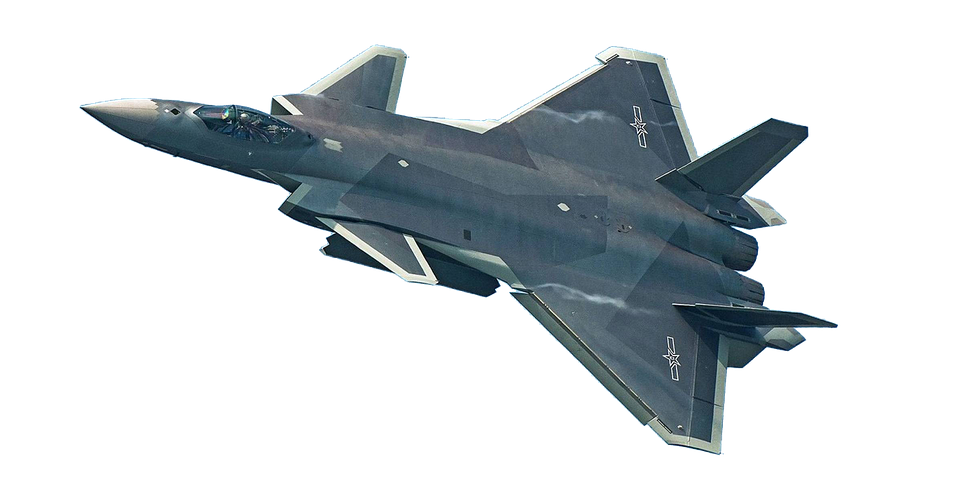Street Fighter V: What Worked, What Didn’t, and What’s Next?
Since its release in February 2016, Street Fighter V has been a pivotal entry in the iconic fighting game franchise developed by Capcom. While it has garnered both acclaim and criticism, understanding its successes and shortcomings helps to shape the conversation around its future.
What Worked?
-
Graphics and Art Style:
The game introduced a vibrant, eye-catching graphic style that resonated with both new and veteran players. The cel-shaded aesthetics effectively highlight character animations and special moves, giving the game a modern yet nostalgic feel. -
Gameplay Mechanics:
Street Fighter V innovated with its V-System, incorporating V-Skills, V-Triggers, and V-Reversals. These mechanics allowed for greater depth and variability in gameplay, letting players customize their fighting style and strategies, significantly positively affecting the competitive scene. -
Character Diversity:
The roster expanded through numerous DLC updates, featuring an eclectic mix of newcomers and legacy characters. This diversity fostered a vibrant meta and allowed players to explore different fighting styles and cultural backgrounds, keeping the game fresh. -
Community Engagement:
Capcom actively engaged with the community, continuously releasing updates and balance patches based on player feedback. The introduction of seasonal content and new character arcs helped maintain interest and involvement in the game. - Emergence of Esports:
With its presence at major tournaments like EVO and a dedicated ranked mode, Street Fighter V became a staple in the esports community. This visibility helped draw in new players and solidified its position within the competitive gaming landscape.
What Didn’t?
-
Initial Launch Issues:
The game faced significant criticism at launch due to the lack of a robust single-player mode. Many players felt that offline content was minimal, with the absence of a traditional arcade mode leading to dissatisfaction among fans of the franchise’s storied history. -
Content Rollouts:
Although Capcom eventually addressed some content shortcomings, the initial unlocks and DLC rollout strategy led to dissatisfaction within the community. Many players felt pressured to spend extra money on characters, costumes, and stages, creating a divisive conversation about monetization practices. -
Server Problems:
Upon release, Street Fighter V was marred by connection issues, including frequent server downtime and matchmaking problems. These technical difficulties hindered the online experience and tarnished player confidence in the game’s reliability. - Balancing Issues:
Despite ongoing updates, some characters were perceived as overpowered or underpowered, leading to an imbalance that could alienate players. Continuous adjustments were required to maintain a fair competitive environment.
What’s Next?
-
Street Fighter 6:
With the announcement of Street Fighter 6, anticipation for the next installment is at an all-time high. Following lessons learned from Street Fighter V, developers have the opportunity to refine mechanics and address past critiques. Features like a more comprehensive single-player mode and improved server infrastructure could enhance player satisfaction. -
Continued Community Focus:
Promoting community engagement will be key. Listening to player feedback from Street Fighter V can help Capcom shape a more inclusive environment. Encouraging community tournaments and fostering an active modding scene might also keep the game fresh long after its release. -
Embracing Cross-Play:
The potential for cross-play across different platforms could unify player bases, enhancing matchmaking and increasing competition’s reach. This feature could alleviate some of the accessibility issues associated with playing online. - Innovative Mechanics:
Building on the V-System, Street Fighter 6 could introduce new mechanics that encourage strategic depth while remaining approachable for newcomers. Balancing the game’s learning curve is essential to maintain its appeal across diverse player demographics.
In conclusion, Street Fighter V has seen both highs and lows in its journey through the competitive gaming landscape. By acknowledging its achievements and shortcomings, Capcom can pave the way for a bright future with Street Fighter 6, promising new experiences for both long-time fans and newcomers alike. The legacy of the franchise continues, and its evolution remains a fascinating aspect of video game culture.
